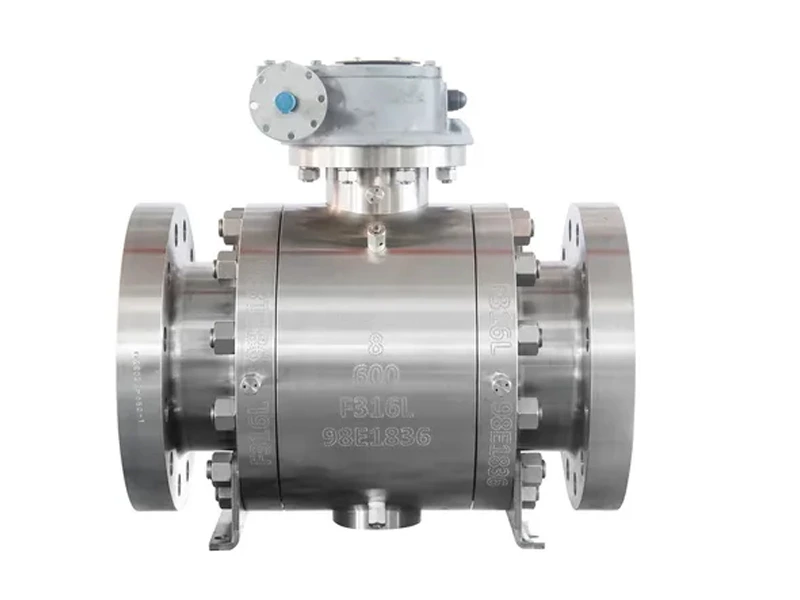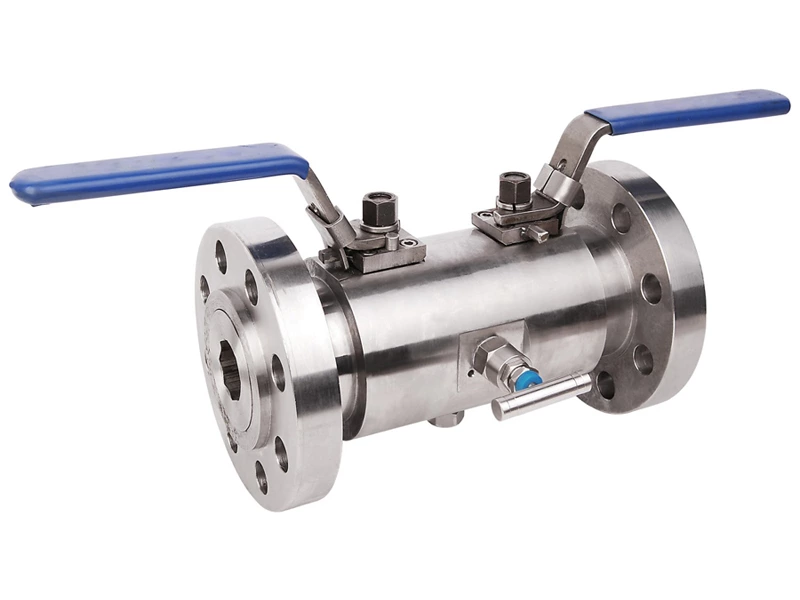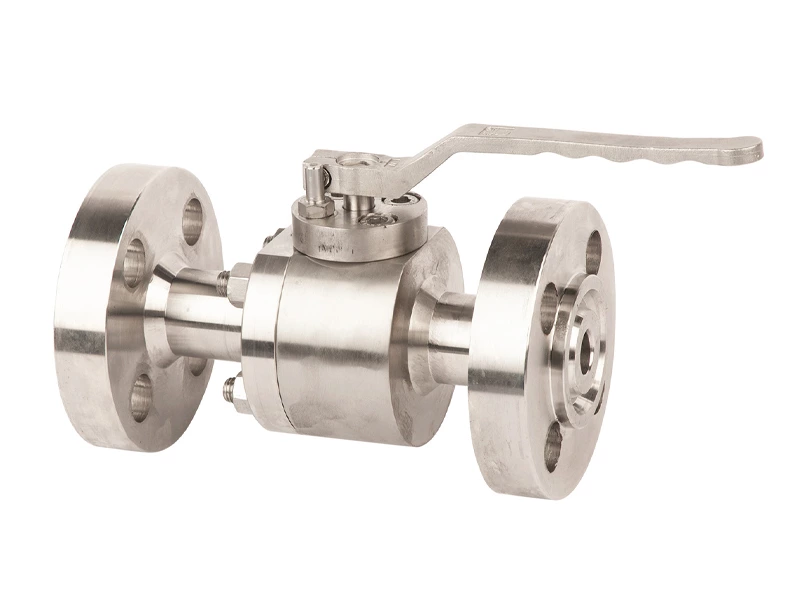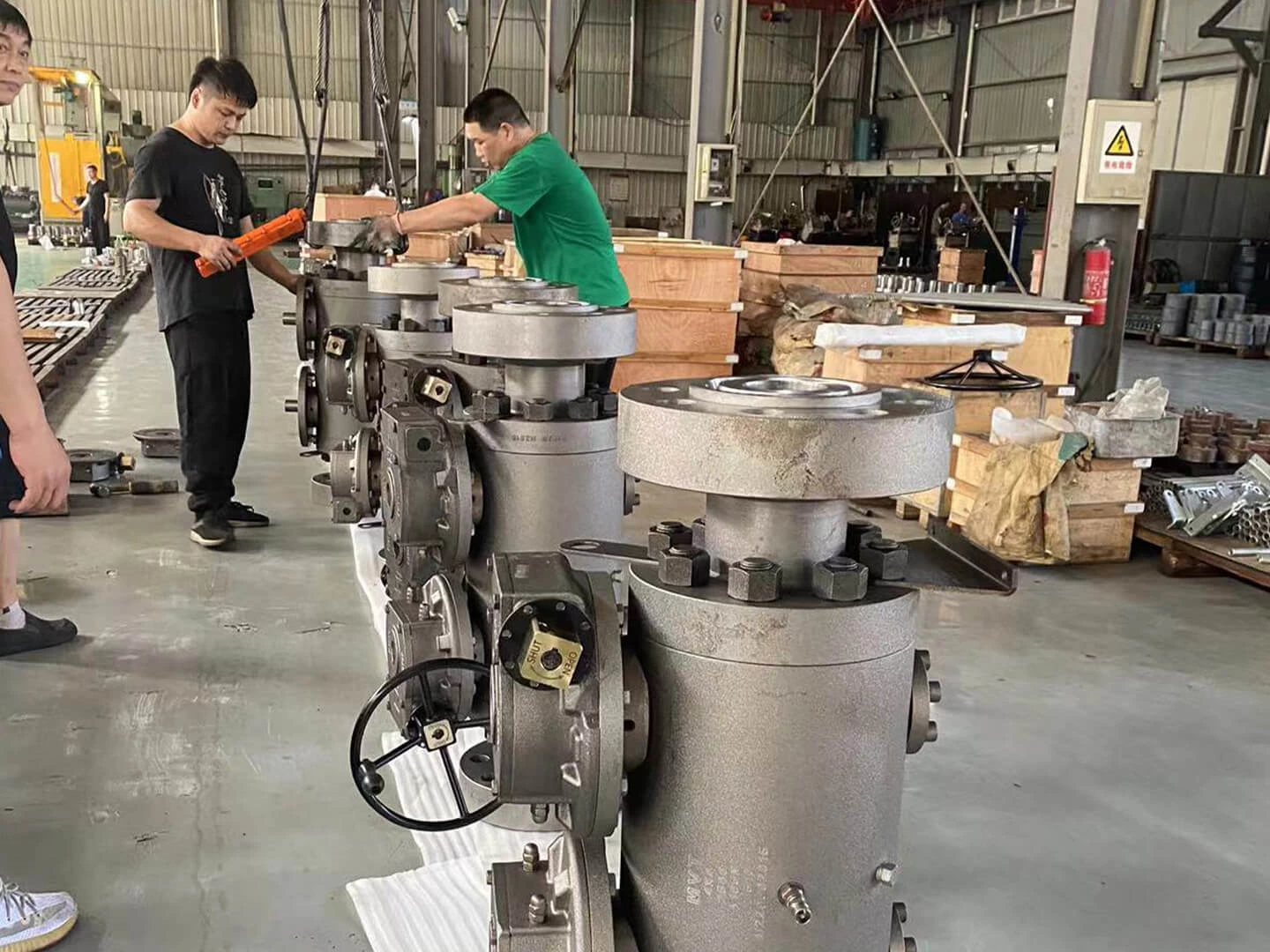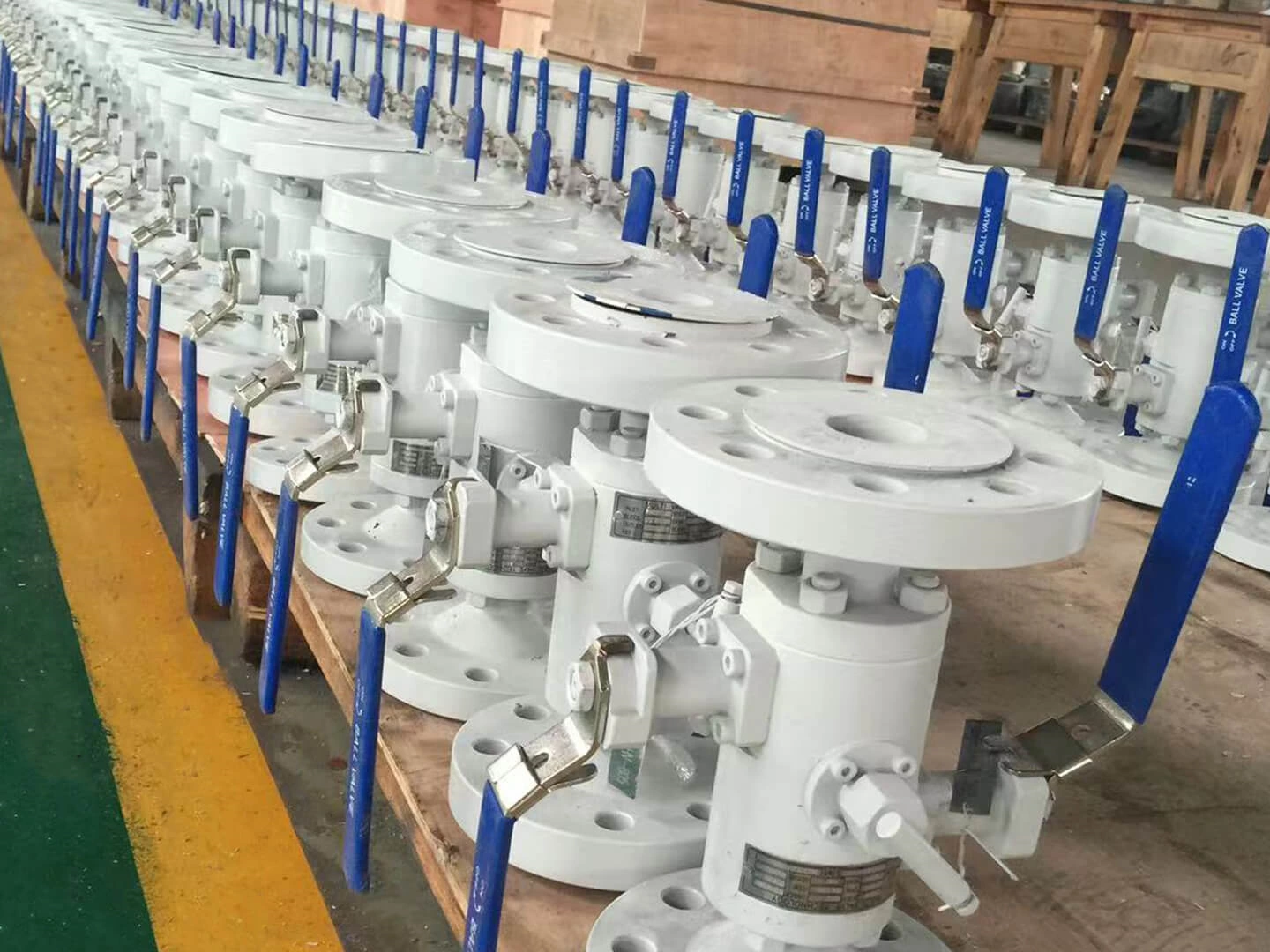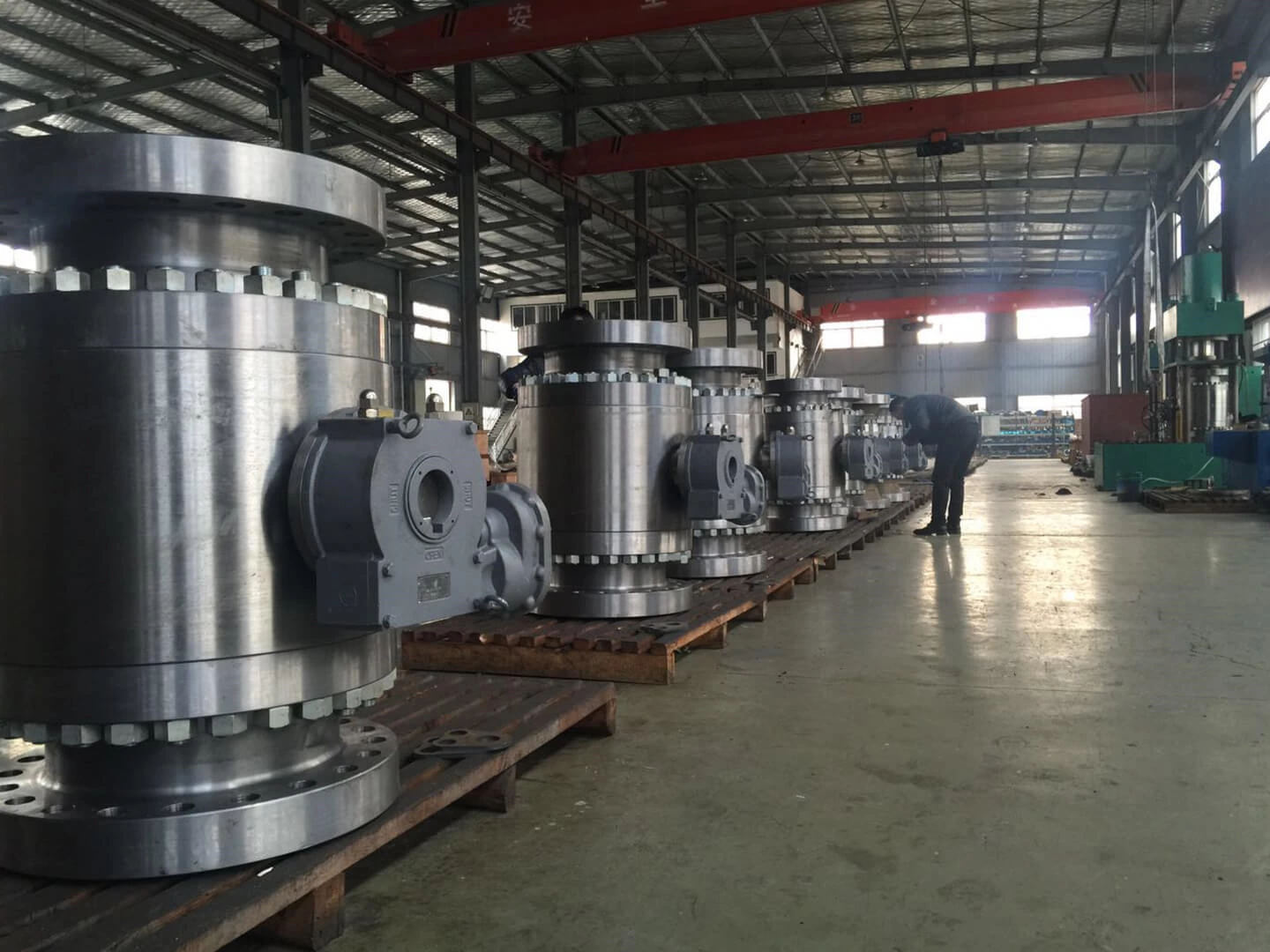What is Ball Valve? What are the applications of Ball Valves?
Multi-Valve Technology Limited's ball valve is a type of valve that uses a spherical perforated obstruction (a rotary ball) to stop and start the hydraulic flow. A ball valve is usually rotated 90° (quarter-turn valve) around its axis to open and close. It is one of the most widely used valve types.
Ball Valves are suitable for both liquid and gas services. They are highly popular in the chemical, petrochemical, and oil and gas industry because of their long service life and reliable sealing throughout their service life. Ball valves can even be used for vacuum and cryogenic services. Developed around 1936, Ball valves are among the least expensive valves which are available in extremely wide size ranges.
Ball valves are sometimes used as control valves due to their cost-effectiveness but are not preferred as they don’t provide precise control and adjustments. The ball is positioned within a valve body, and a handle or actuator is used to rotate the ball either perpendicular or parallel to the flow direction, thus controlling the fluid flow. When the hole aligns with the flow direction, the valve is in the open position, allowing fluid to pass through. Conversely, rotating the ball to block the hole closes the valve, stopping the flow.
Applications of Ball Valves
Ball valves find application across a wide range of industries due to their versatility and ability to handle various types of fluids, from corrosive chemicals to high-pressure gases. Major applications of ball valves include
1. Use of Ball Valves in Refineries:
Ball valves can be used as shut-off and isolation valves for tower bottom lines and thermal-cracking units; Gas/Oil separation lines, Gas distribution measuring, metering, and pressure regulation stations, Oil loading control stations, Pumping, and compressor stations, Emergency shut-down loops, Refining units, etc.
2. Use of Ball Valves in Chemical and Petrochemical Complexes:
Ball valves are used for low differential pressure control, emission control, and handling highly viscous fluids, and abrasive slurries in process and storage facilities. They are suitable for handling corrosive chemicals and hazardous materials, making them a preferred choice in chemical processing plants.
3. Power Industry Applications of Ball Valves:
For boiler feedwater control, such as burner trip valves, for control and shut-off for steam, etc.
4. Ball valves in Gas and Oil Production:
In subsea isolation and shut-down facilities, For oil-head isolation, pipeline surge control, processing separation, storage, transmission and distribution, secondary and enhanced oil recovery.
5. Use of ball valves in the Pulp and Paper Industry:
They are used as shut-off valves in pulp mill digesters, batch-digester blow service, liquor fill and circulation, lime mud flow control, dilution water control, etc.
6. Water Treatment:
Municipal water treatment plants utilize ball valves for controlling the flow of water in various processes, such as filtration, chlorination, and distribution.
7. HVAC Systems:
Heating, ventilation, and air conditioning systems use ball valves for regulating the flow of water and refrigerants in commercial and residential buildings.
8. Other uses of ball valves include
Food Industry
Marine and Solid transport
Water supply and transport
9.Ball Valve Standards
Below-mentioned international Codes and Standards are used for Ball valve Design
Design Standard – API 6D / ISO 14313 / BS EN 17292/BS 5351/MSS SP 72
Testing Standard – API 6D / API 598 / BS 6755 Part I/MSS SP 61
Fire testing Standards – As per API 6FA, API 607, ISO 10497, or BS 6755 Part II.
Dimensional Standard – ASME B16.10 / API 6D
 English
English Русский
Русский 中文
中文 Español
Español
